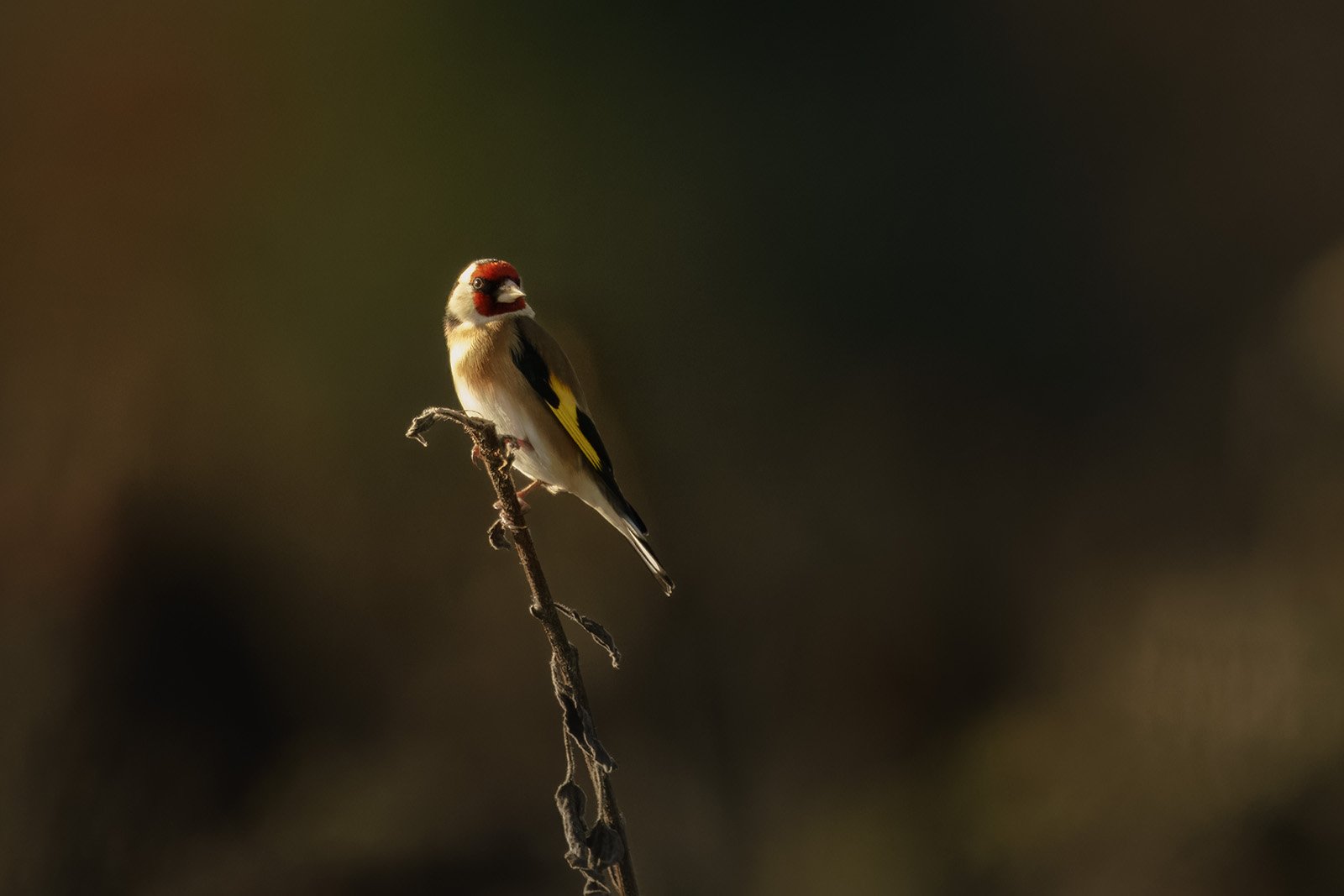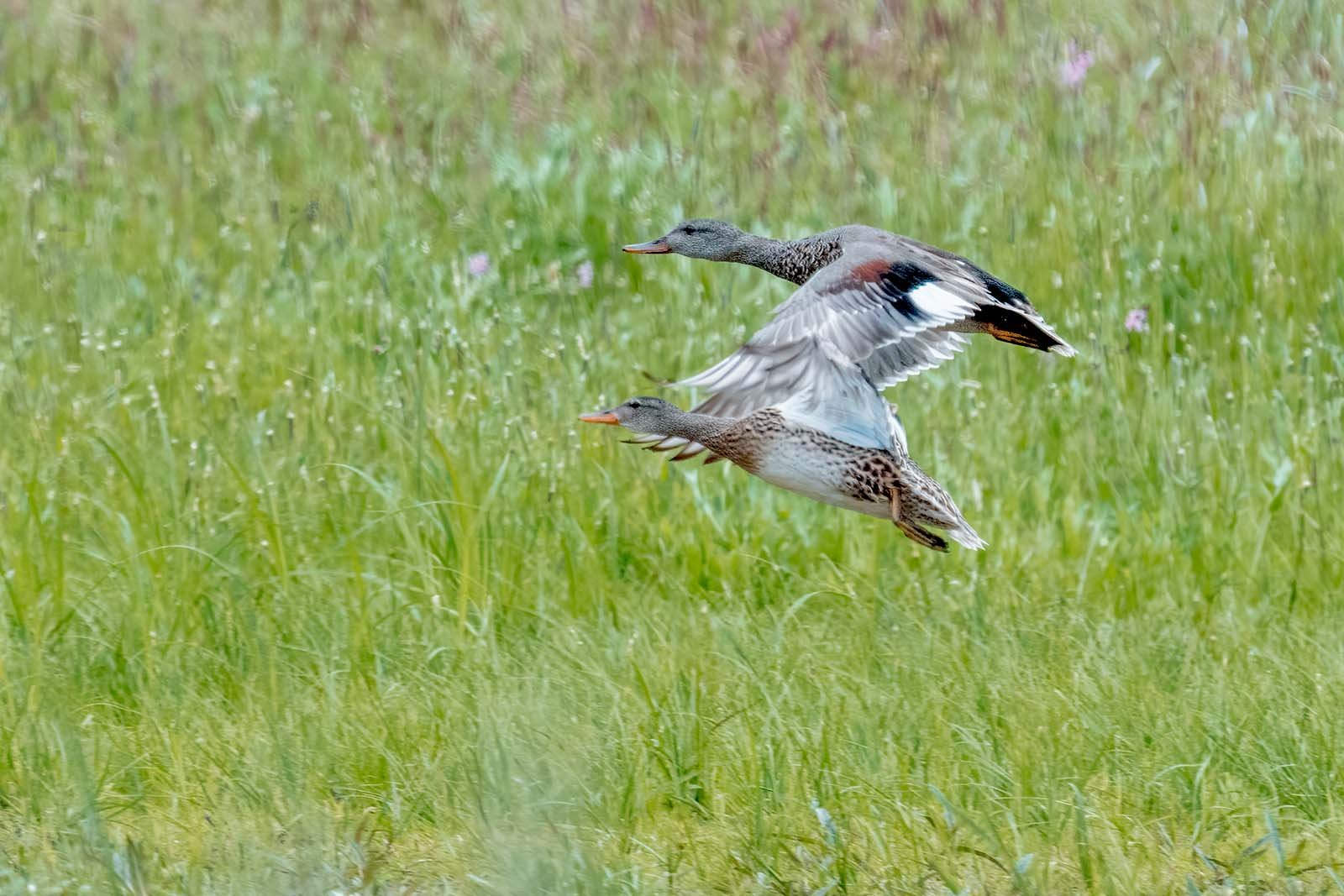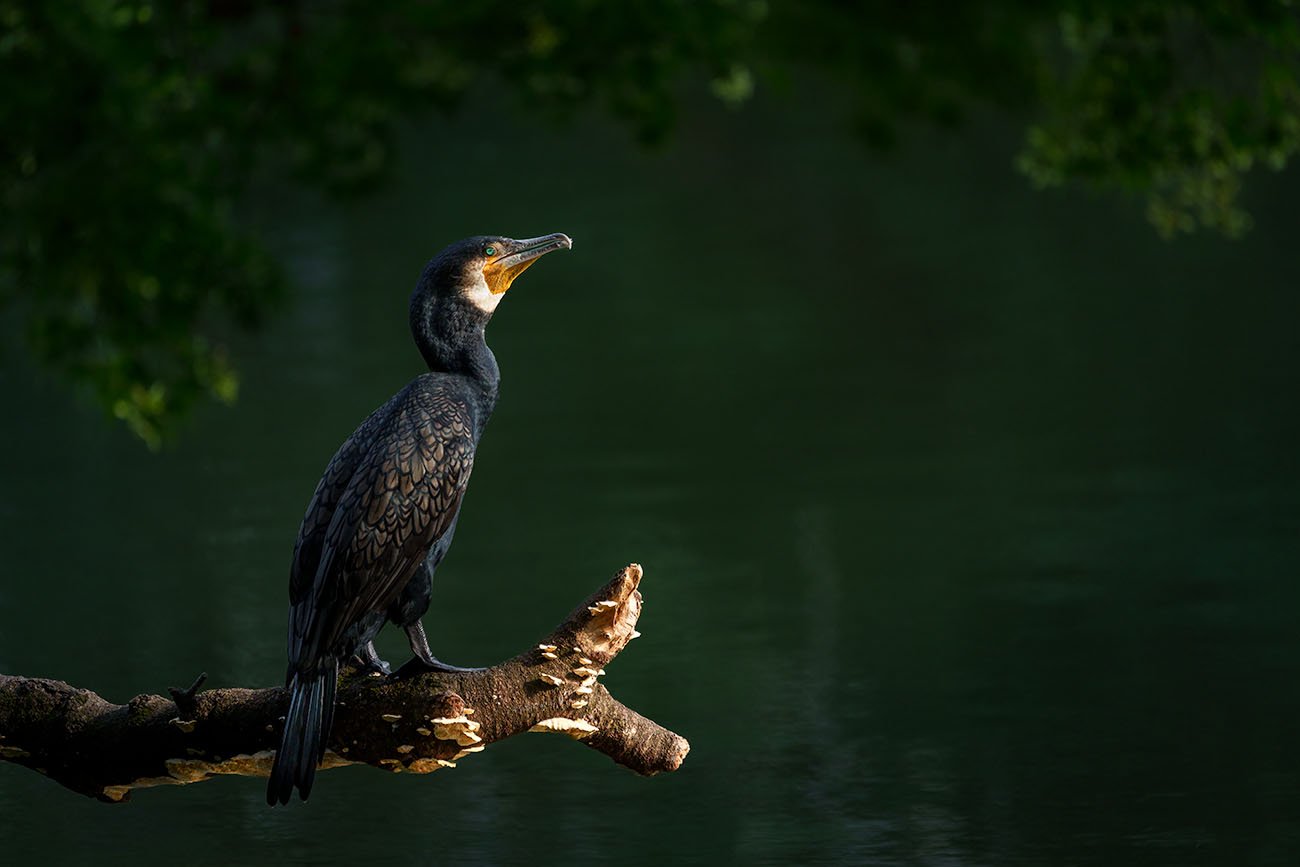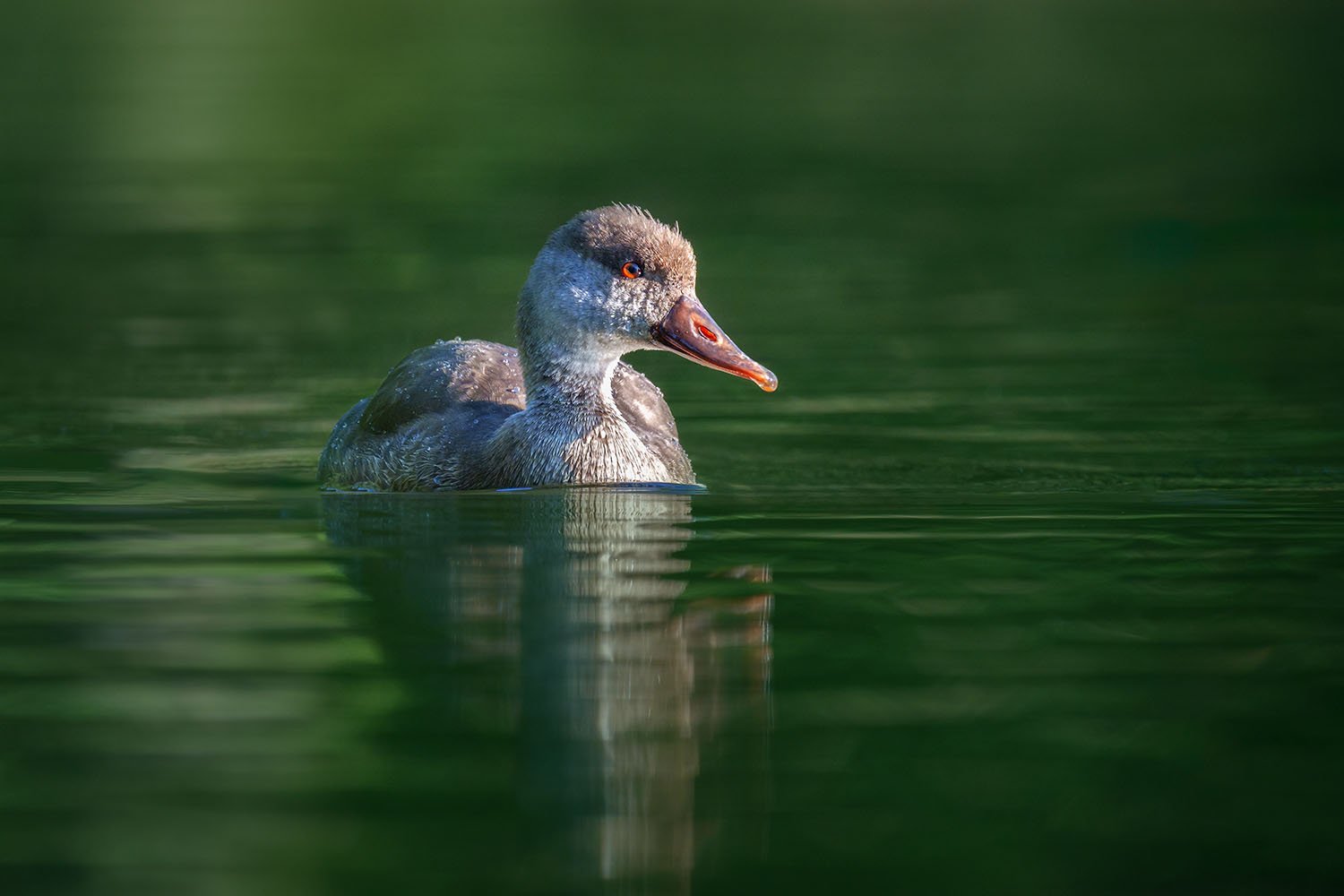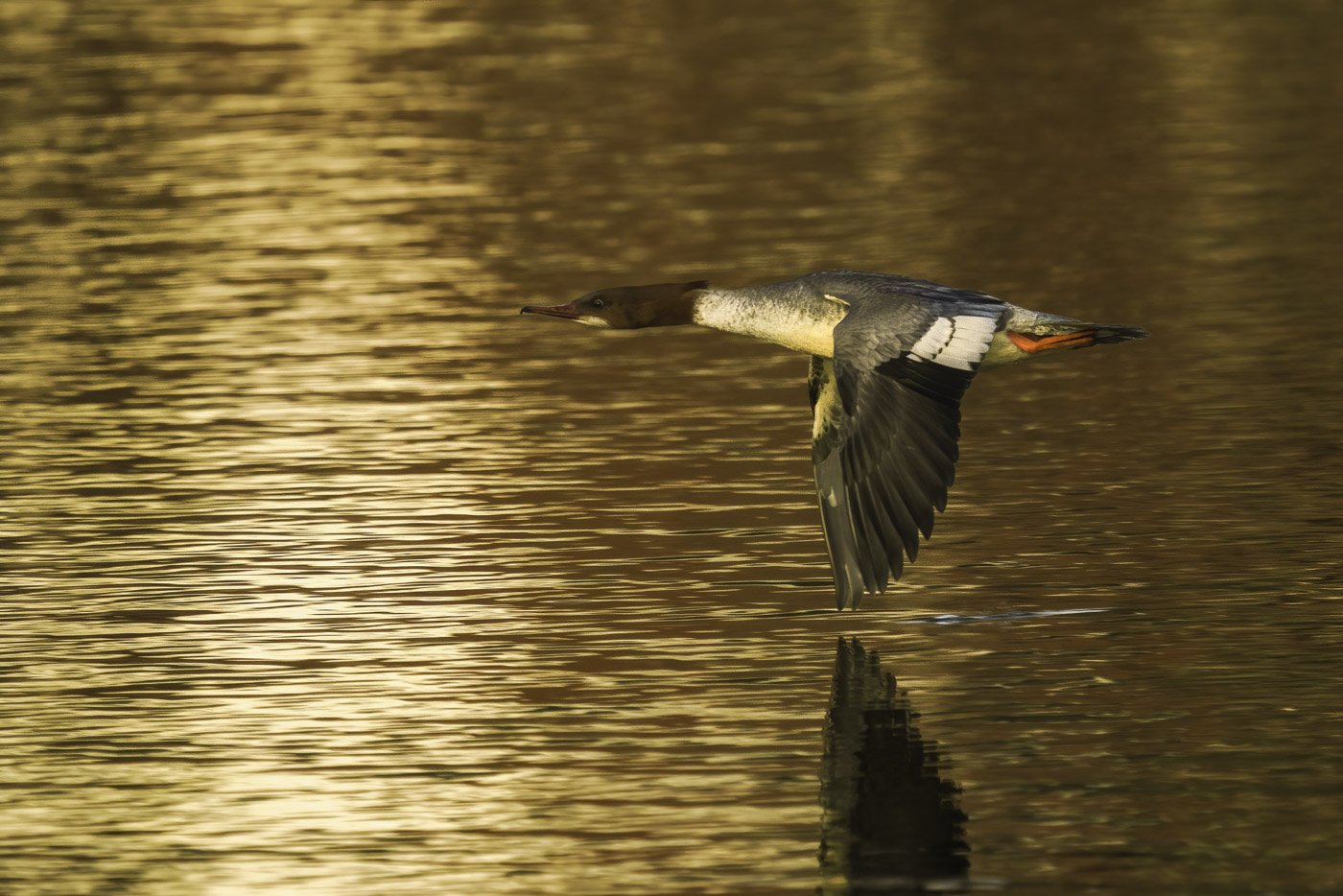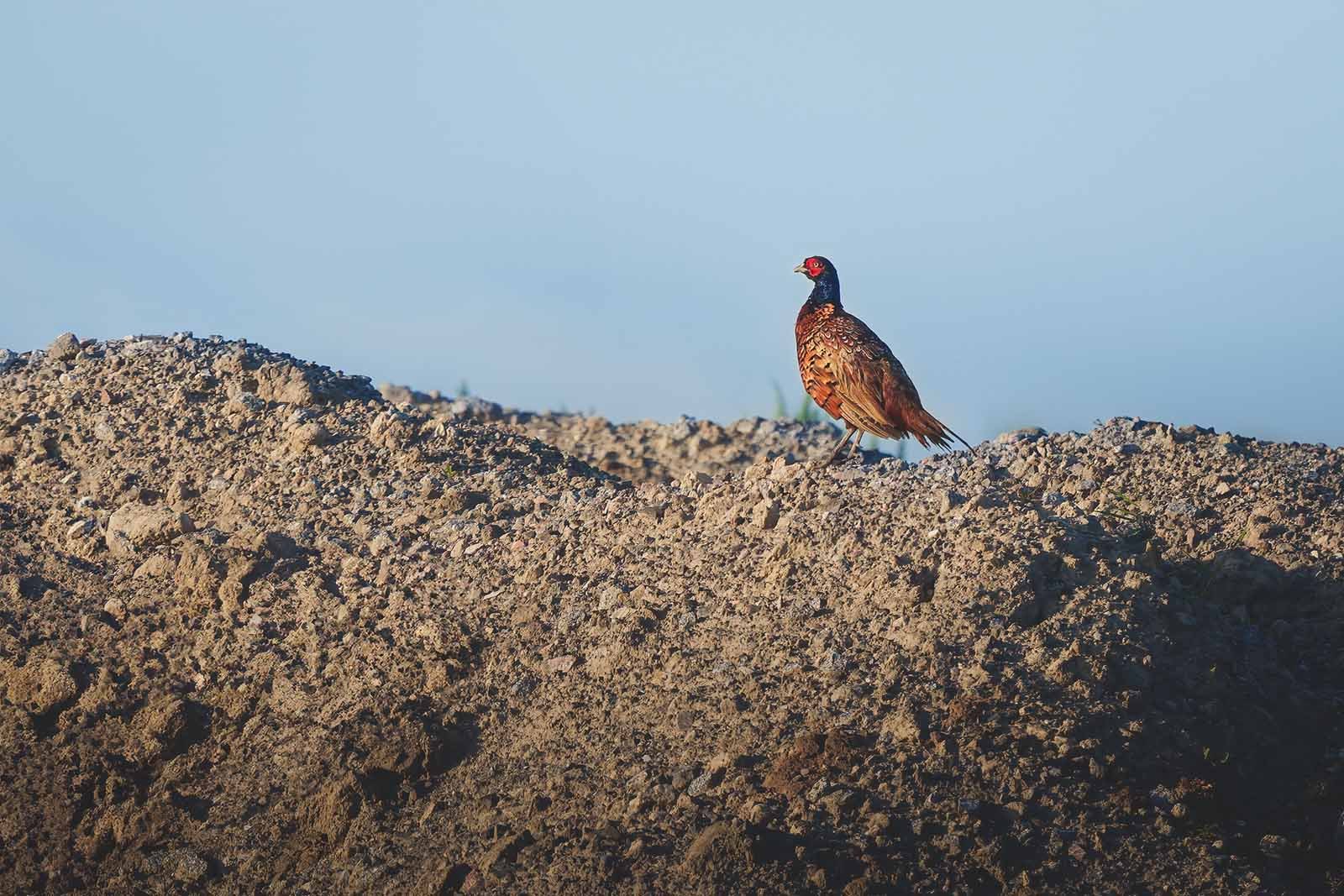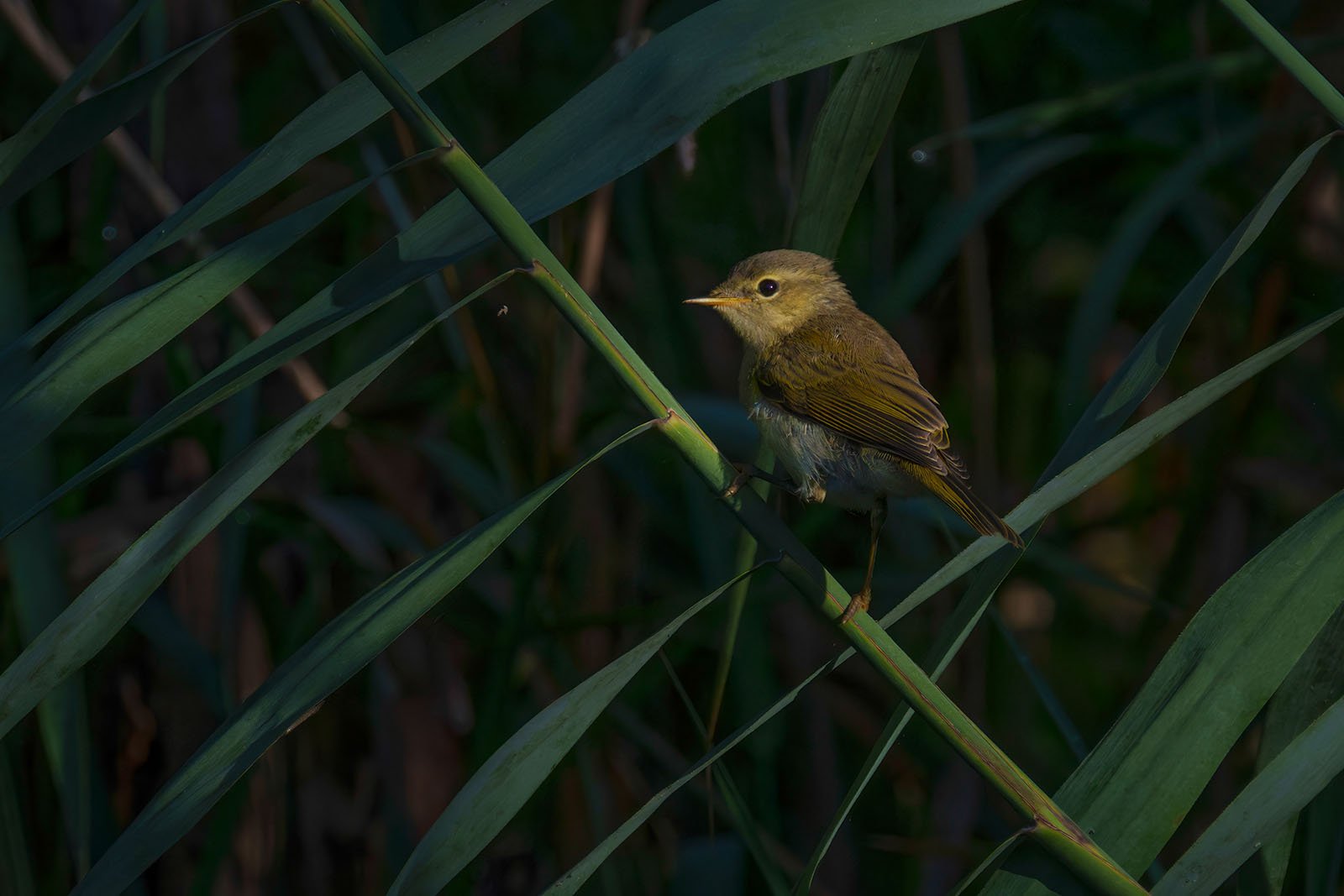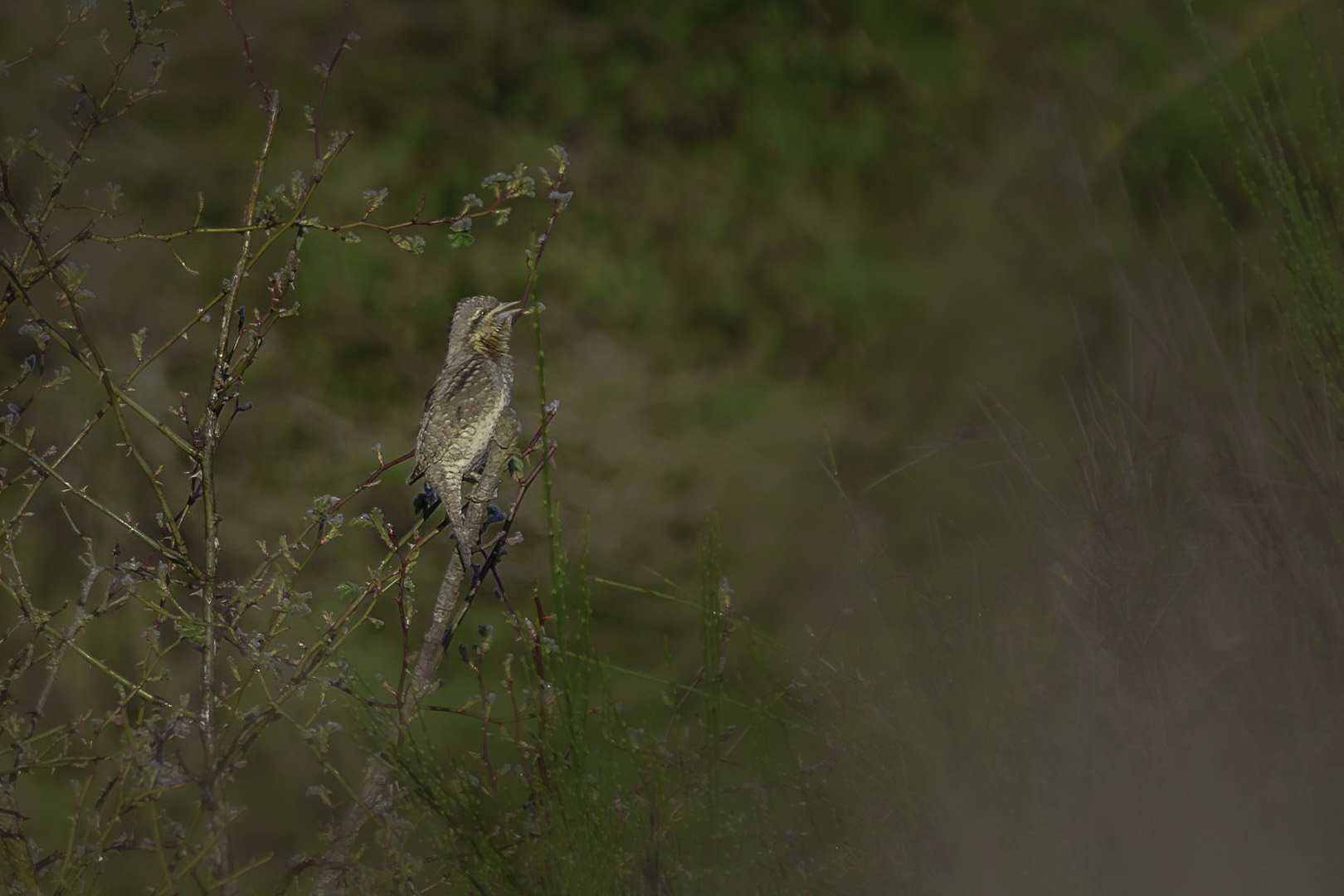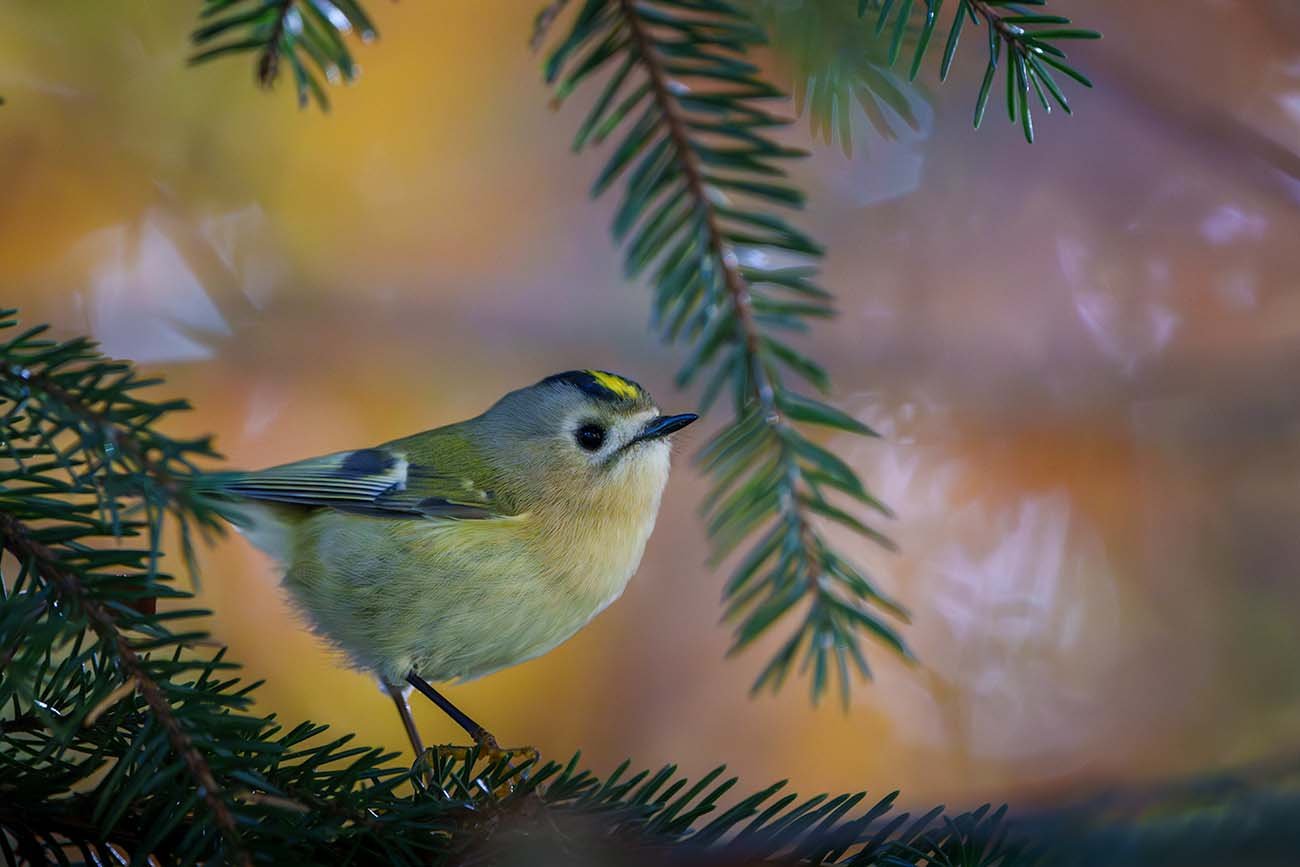Rose-ringed parakeet (Psittacula krameri)
Collared Parakeet (Psittacula krameri) - Picture taken in Nuremberg, Bavaria, Germany
Key Data
Size: 37 - 43 cm
Weight: 10 g
Diet: Vegetarian: fruits, flowers, buds, grains, seeds
Season: Throughout the year
Observation Tip: In Germany, mostly in Cologne, Mannheim, Heidelberg, Wiesbaden: larger cities with old tree stock
Photography Tips
Lens: Starting from 200 mm
Difficulty Level: Medium
The Rose-ringed Parakeet (Psittacula krameri), also known as the Small Alexandrine Parakeet and belonging to the family of Old World Parrots (Psittacidae), is an extremely widespread bird species. Its habitat extends from Africa south of the Sahara to Asia, starting with Pakistan and India. It is not only found in its natural habitat, but also in Europe and North America as a neozoon. However, the frequency of the Rose-ringed Parakeet varies due to different climatic conditions in different regions.
As a neozoon, it has also settled in Europe and North America, with its frequency varying regionally. Genetic analyses show that the neozoans living in Europe originate from North India, and there are also domesticated and hybridized forms. Settlements are known in some European cities such as Paris, Belgium, the Netherlands, and some parts of England. In Holland, approximately 2,000 to 2,300 breeding pairs were counted in 2018. Parakeets are also found in urban areas in Spain, with the largest colony discovered in Barcelona. Parakeets have been recorded in Rome, Palermo, and Genoa in Italy. Outside of Europe, established populations have also been observed in the USA, South Africa, and Japan. Austria had two breeding settlements in Vienna and Innsbruck in the 1970s to 1990s, but they became extinct. In Innsbruck, prolonged settlement was favored by intensive human feeding in winter, but the disappearance of these factors and potential infectious diseases led to the extinction of this population. In Seville, a colony of Rose-ringed Parakeets in Maria Luisa Park displaces the population of giant evening bats, posing a threat to native biodiversity.
The Rose-ringed Parakeet, also known as the Small Alexandrine Parakeet, was first sighted in Germany in Cologne in 1969. Since then, the species has continued to spread, and there are now independent occurrences along the Rhine, especially in Düsseldorf, Mannheim, Wiesbaden, Mainz, Heidelberg, Ludwigshafen am Rhein, Speyer, Zweibrücken, and Bonn. Parakeets were first sighted in Frankfurt am Main in 2012. According to estimates, approximately 3,000 individuals lived in Cologne in 2014, and about 1,500 animals were counted in Mainz. A population of 1,640 birds was observed at roosts in Ludwigshafen in the summer of 2011. The population growth of the Rose-ringed Parakeet in Germany began around 2006 and has been documented since then. In 2006, the population in Germany was estimated to be 6,000 to 7,000 individuals and 650 to 880 breeding pairs. In 2011, the population size was given as 7,500 animals and around 1,500 breeding pairs. The Federal Agency for Nature Conservation estimates the population at 1,700 to 2,500 breeding pairs. It has also been observed that Rose-ringed Parakeets are spreading further north in Germany and have been regularly observed in Münster since 2019.
In Germany, the Rose-ringed Parakeet nests in tree hollows of old stands of trees, which can be found in parks, cemeteries, and large gardens. Plane trees, in particular, serve as preferred nesting sites and roosting trees. However, in recent years, thermally insulated building facades have also been used as nesting sites, especially in Heidelberg. The effects of the presence of the Rose-ringed Parakeet on other cavity-nesting bird species and fruit-eating bird species, as well as the nuisance caused by noise and droppings at mass roosting sites, have not yet been sufficiently researched. During foraging, the birds form flocks of about 10 to 30 individuals in urban areas and fruit-growing areas in early summer.






